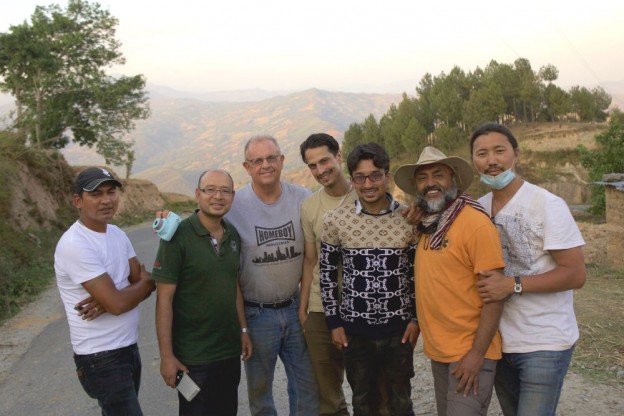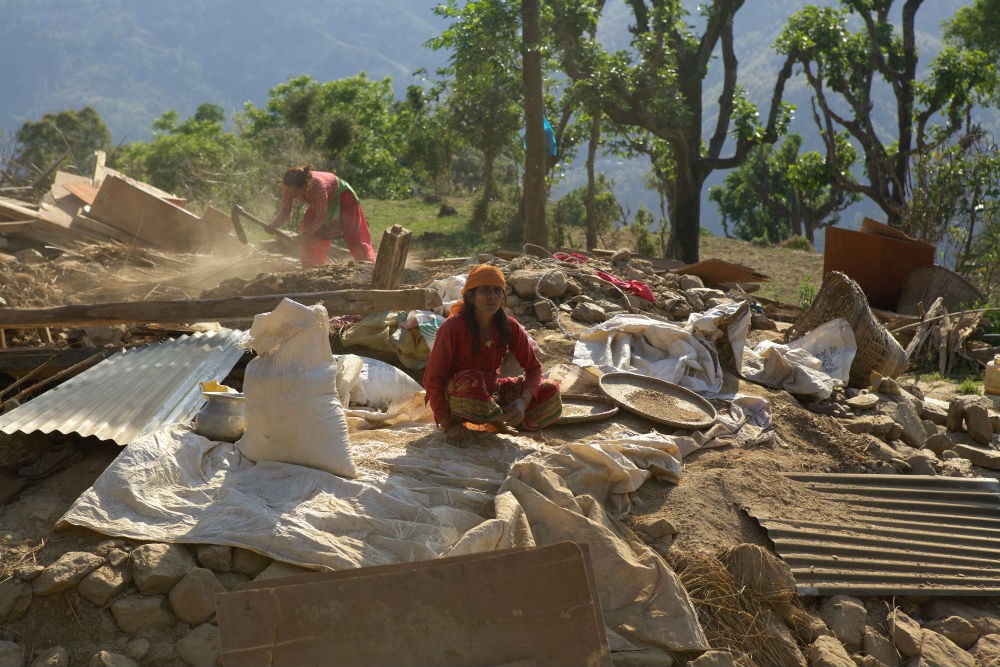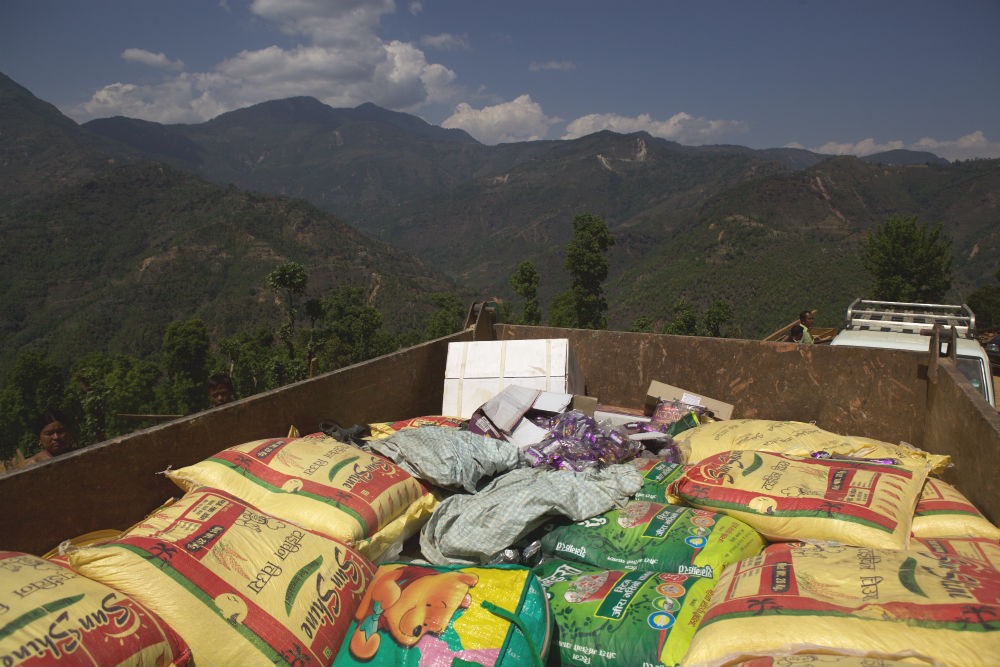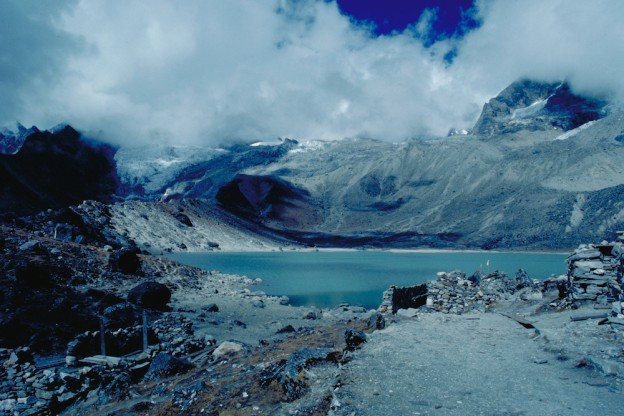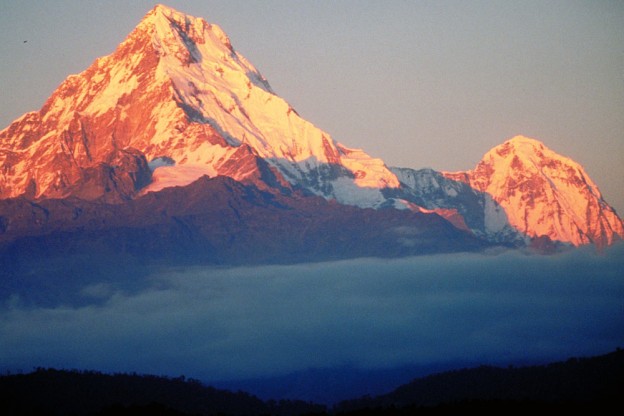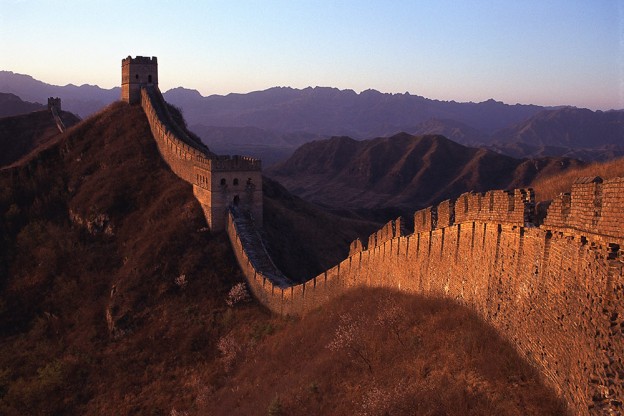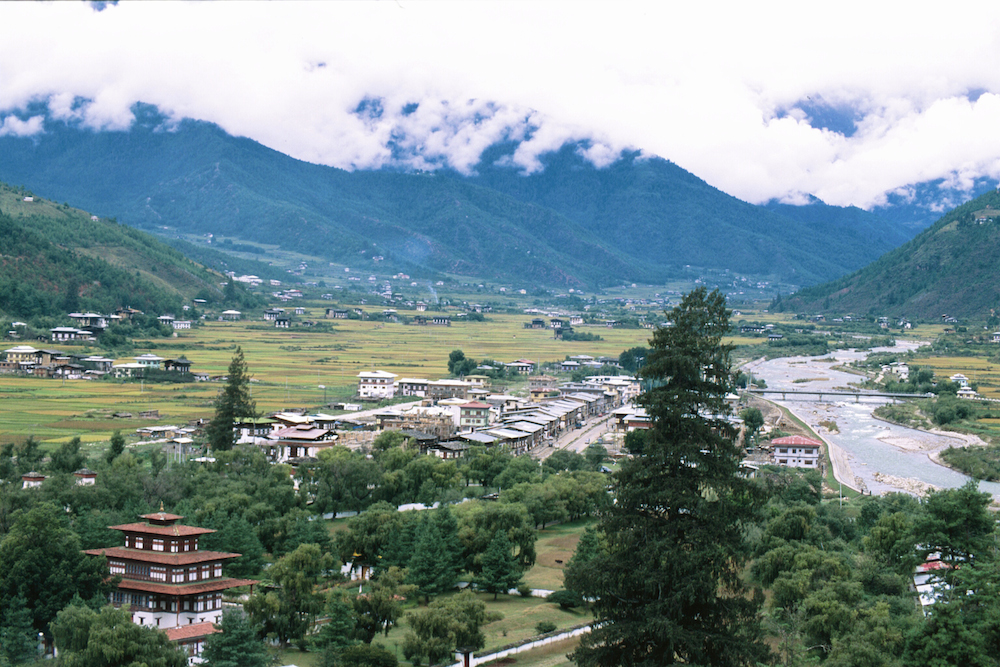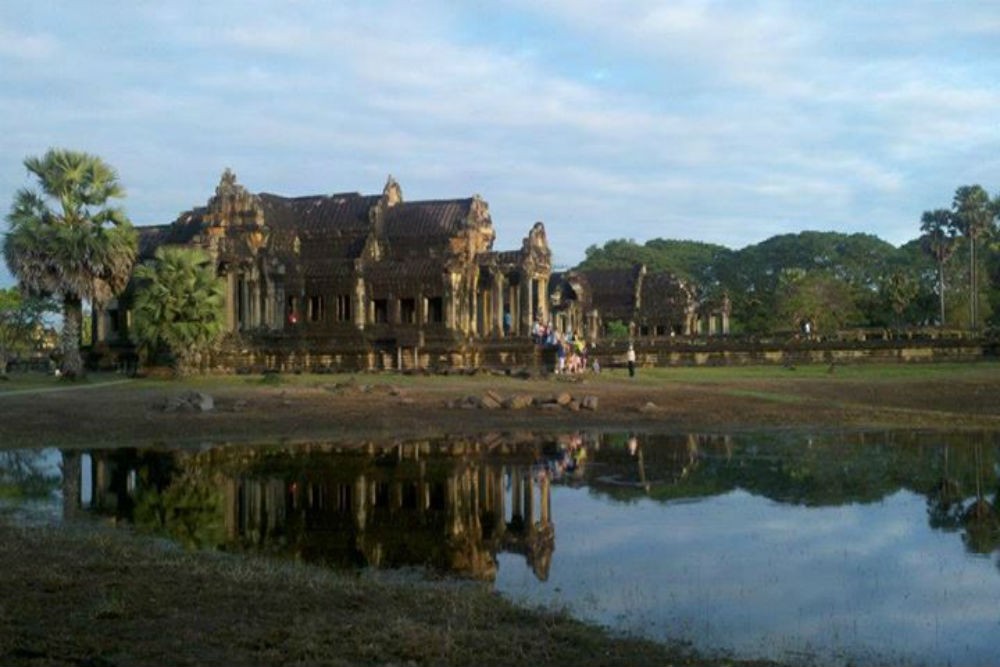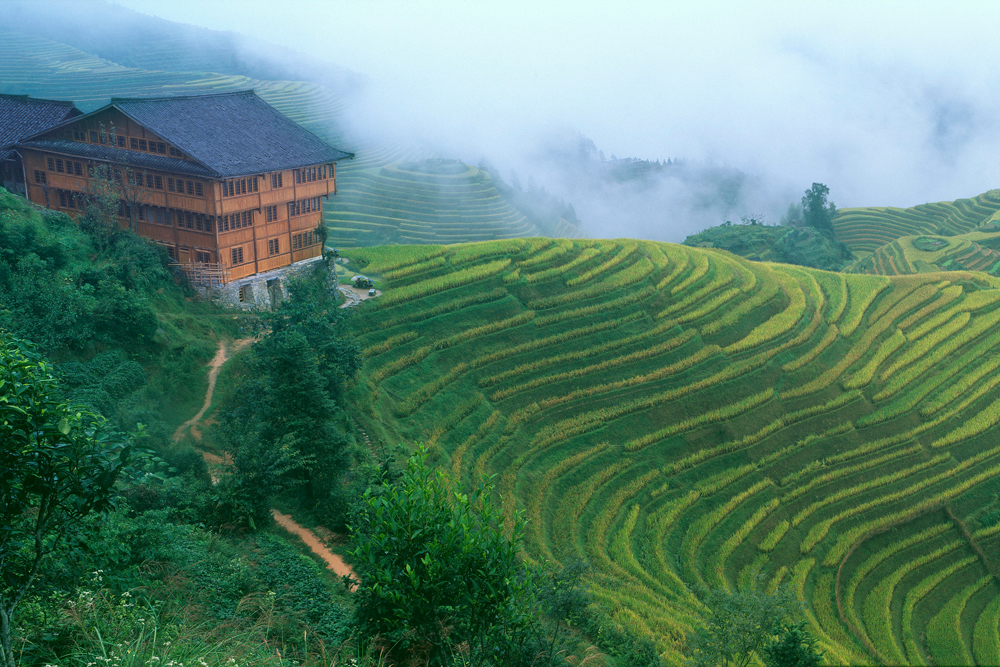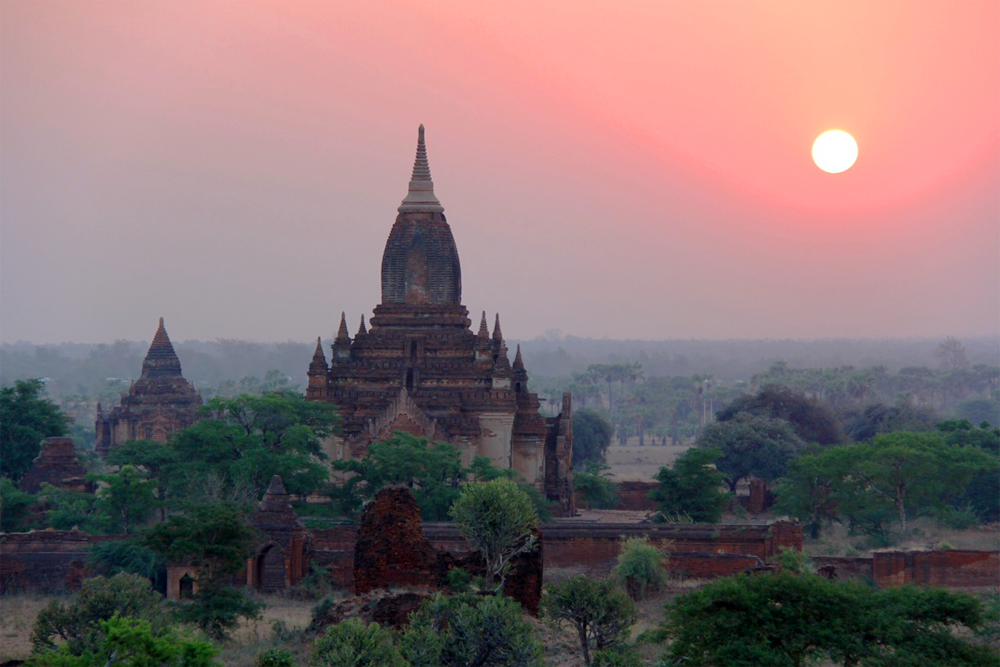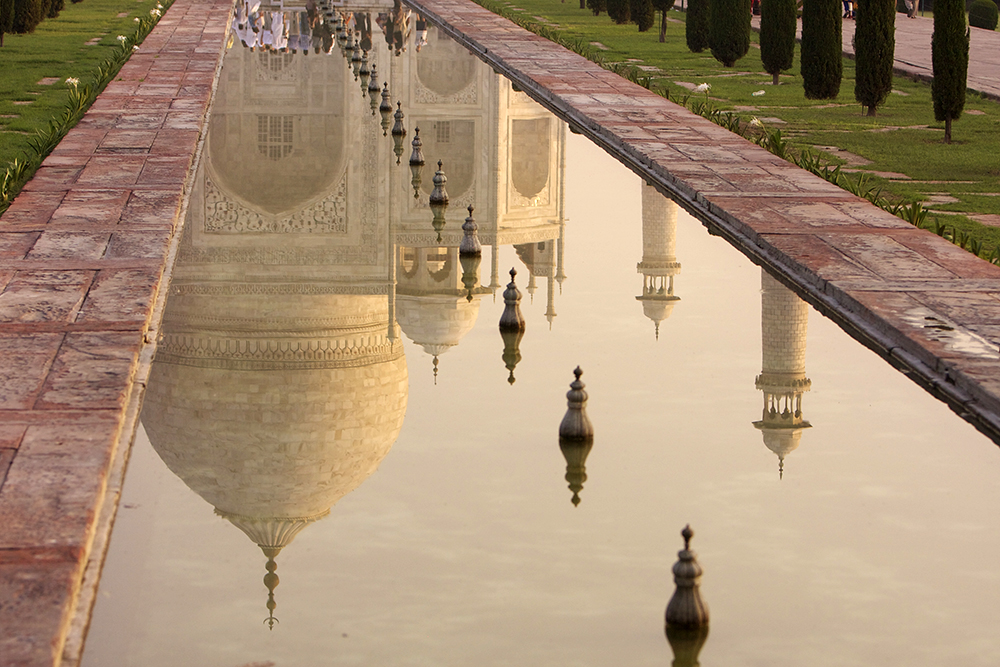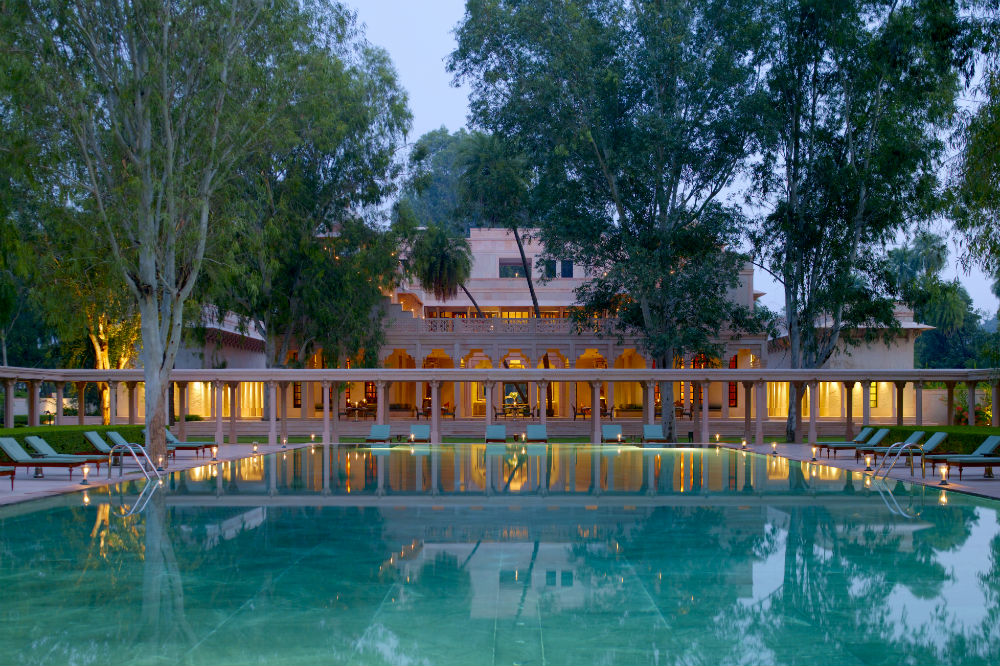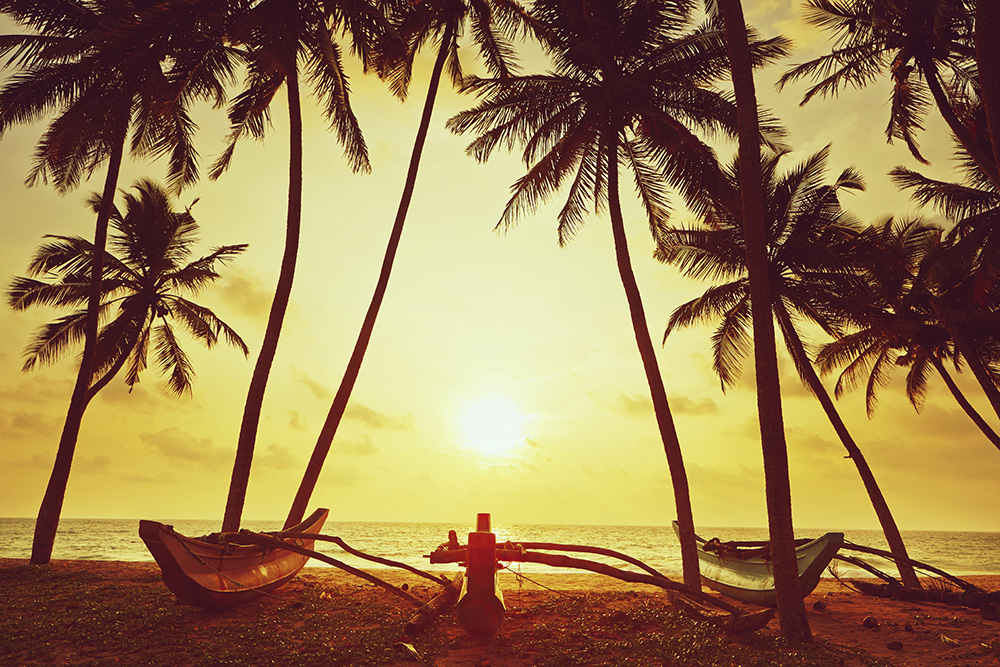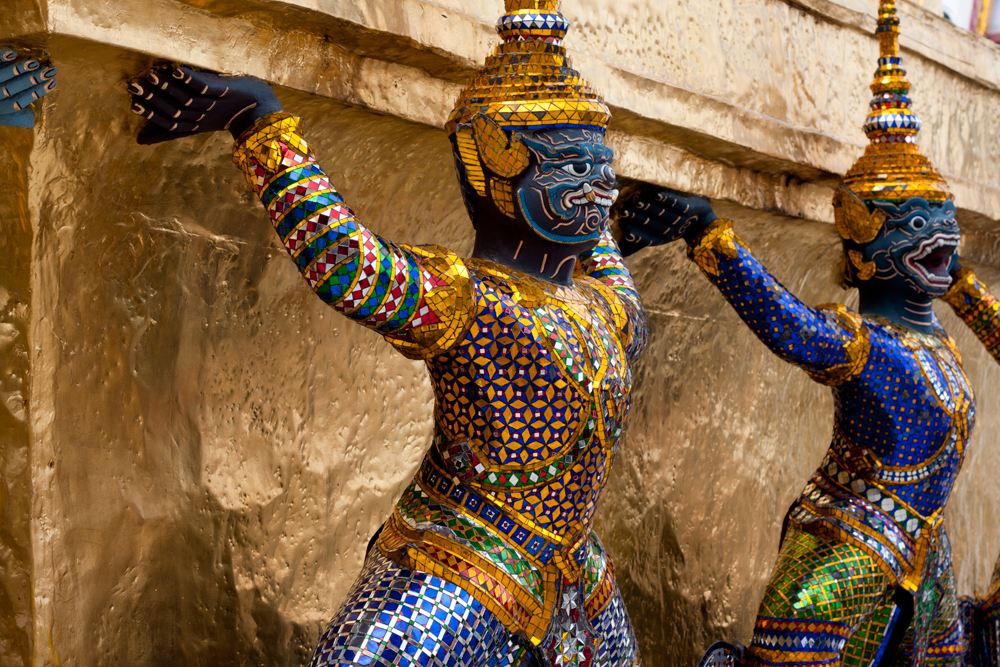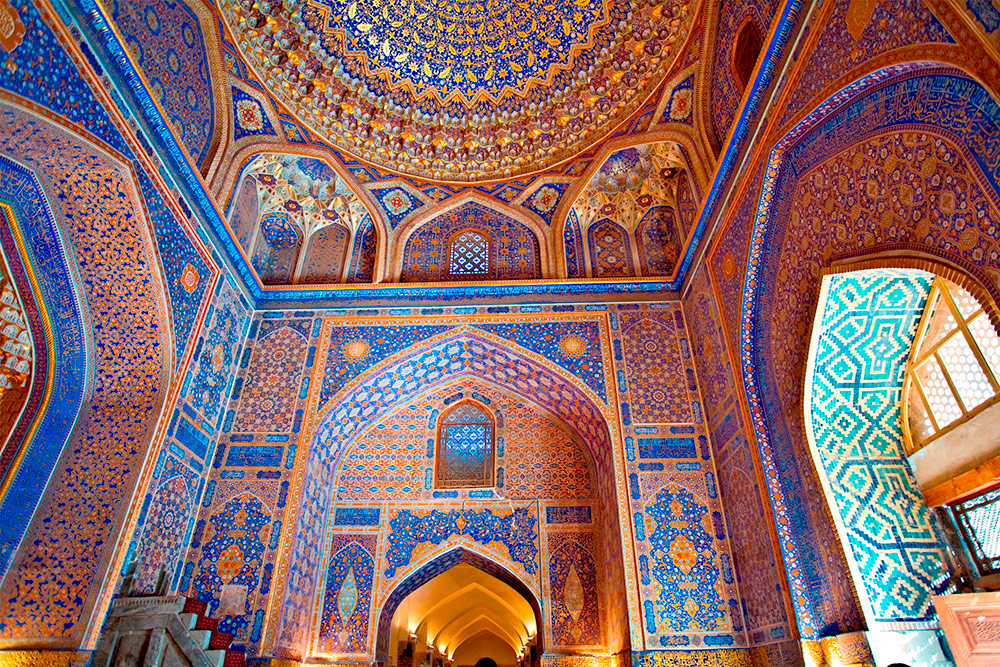The most extraordinary trips usually require a fair amount of planning. But there are a few destinations where, right now, even a top-of-the-line trip can be planned on the spur of the moment—and should be. Here’s where and why.
Costa Rica
Honeymooners are steering clear of Costa Rica right now—the best resorts, which are typically full, are running at 60 to 70 percent capacity—and the Zika virus could be to blame. If you’re of a reproductive mindset, sure, it’s wise to stay away (Zika is a major concern only for women who are or hope to soon become pregnant). But if not, now is a great time to visit Costa Rica. This summer, top properties such as Finca Rosa Blanca Resort, Hacienda AltaGracia, Kura Design Villas, Arenas Del Mar Beachfront & Rainforest Resort, and Lapa Rios Eco Lodge are offering discounts to entice travelers, but Michael believes the biggest value is in the extra-special service that you’re sure to receive when a hotel’s staff has fewer guests to care for: A naturalist might take some extra time to find that elusive bird species with you, a restaurant might surprise you with a private dining experience for free, or the front desk clerk might upgrade you to a suite if one would otherwise sit empty. (These things are certainly likely to happen for WendyPerrin.com travelers who use a recommended expert off of Wendy’s WOW List.)
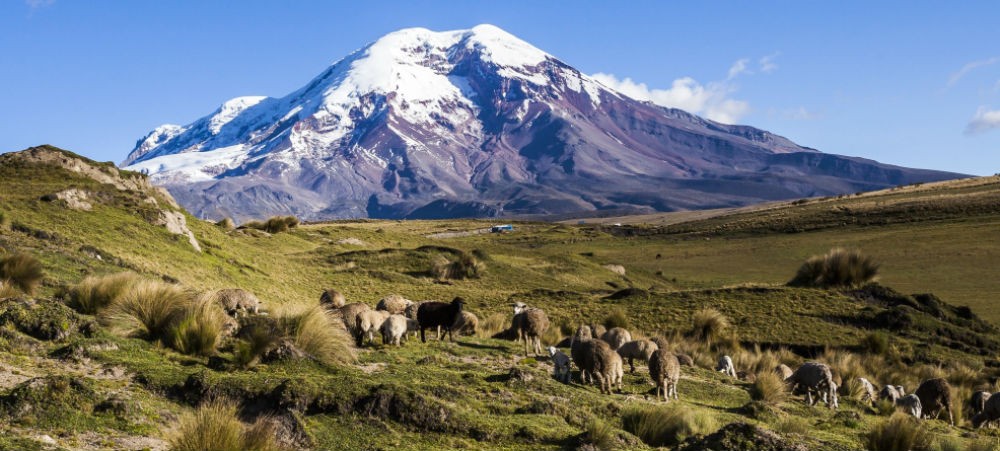
Ecuador’s mainland is seeing fewer visitors than usual—which means now is the perfect time to visit. Photo: Southwind Adventures
Ecuador
An April earthquake and fears of Zika virus have scared some travelers away from Ecuador. But the major tourist areas of Quito, Cuenca, and the Galapagos have seen little effect from either scourge: The quake’s area of damage was confined to the coast, and as for Zika, mosquitos don’t live in the Andean highlands and are unlikely to carry the virus in the Galapagos (due to the same strict environmental controls that have made the islands malaria-free). Tom Damon, Trusted Travel Expert for Ecuador, tells us that, while you’re unlikely to find space on a last-minute Galapagos cruise (travelers book these far in advance, and few have cancelled), the mainland is seeing fewer visitors than usual—and there’s so much there to see, from highland haciendas to rainforest ecolodges, craft villages to UNESCO World Heritage sites. Ecuador’s economy relies heavily on tourism, and the government will have to do much rebuilding along the coast. This is why Quito’s mayor, Mauricio Rodas, has said: “The best way to help Ecuador is to visit Ecuador.” Go now, and you’ll be greeted by grateful citizens eager to make yours the trip of a lifetime.
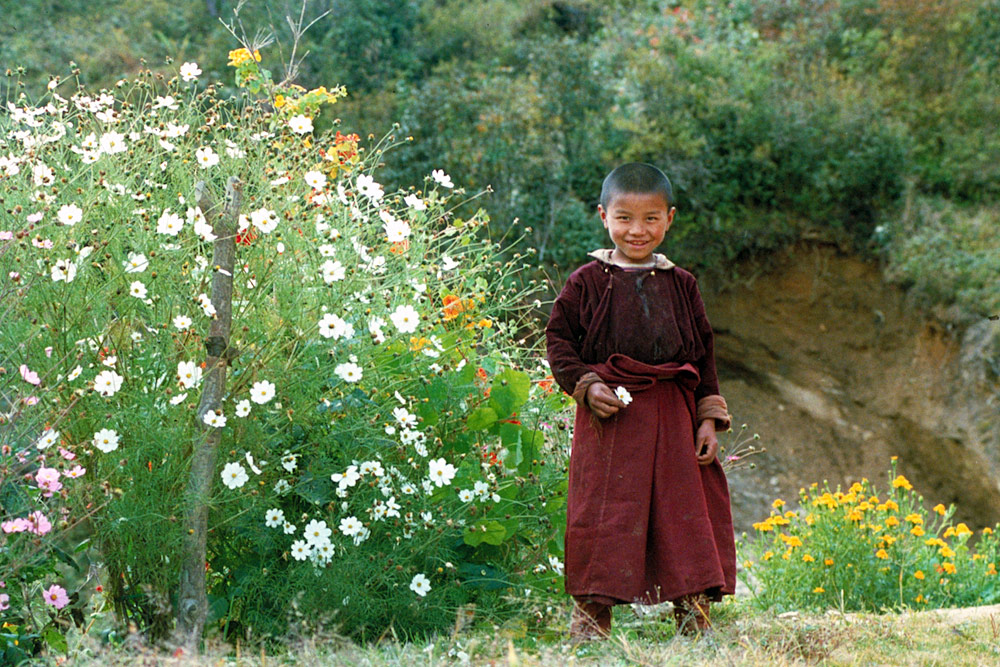
Monk and Flowers, Nepal. Photo Courtesy Toni Neubauer
Nepal
“Because of the earthquake in April 2015, tourism is still quite slow in Nepal, so if you have a last-minute desire to see or trek the Himalayas, now is definitely the time to go,” says Antonia Neubauer, Trusted Travel Expert for Nepal. Infrastructure, hotels, and trekking routes are all largely functioning as they were before the quake—and you won’t run into hordes of hikers on the most popular trails, as would have happened in the past. Surprisingly, hotel rates have gone up as concrete, food, and other supplies are having to get shipped in from other countries (many farmers missed the planting season last year). But remember that your tourist dollars are desperately needed: “A good portion of the population is still struggling to rebuild. When you come to Nepal, know that you are giving back to the country just by being there,” says Antonia. While summer is the monsoon season, fall is prime for trekking, biking, and festival-going.
Tibet
It’s not at all unheard of for China to revoke permits that have already been granted to travelers headed to Tibet. “The Chinese government can close travel to Tibet at any time,” says Sanjay Saxena, Trusted Travel Expert for Tibet, “which means that it’s difficult to plan a trip for next year. However, our ears in the tourism ministry forewarn us a few weeks in advance if a closure is expected, so with a last-minute booking I can with great certainty determine whether or not we will be able to get a permit.” The overland journey from Lhasa to Kathmandu, Nepal, is one of Sanjay’s favorite travel experiences, but after last year’s earthquake, this border crossing was closed and all such trips had to be cancelled. Sanjay has just gotten word that it will be reopened in June, making this iconic journey through two Himalayan kingdoms possible once again.
Be a smarter traveler: Use Wendy’s WOW List to plan your next trip. You can also follow her on Facebook and Twitter @wendyperrin, and sign up for her weekly newsletter to stay in the know.


